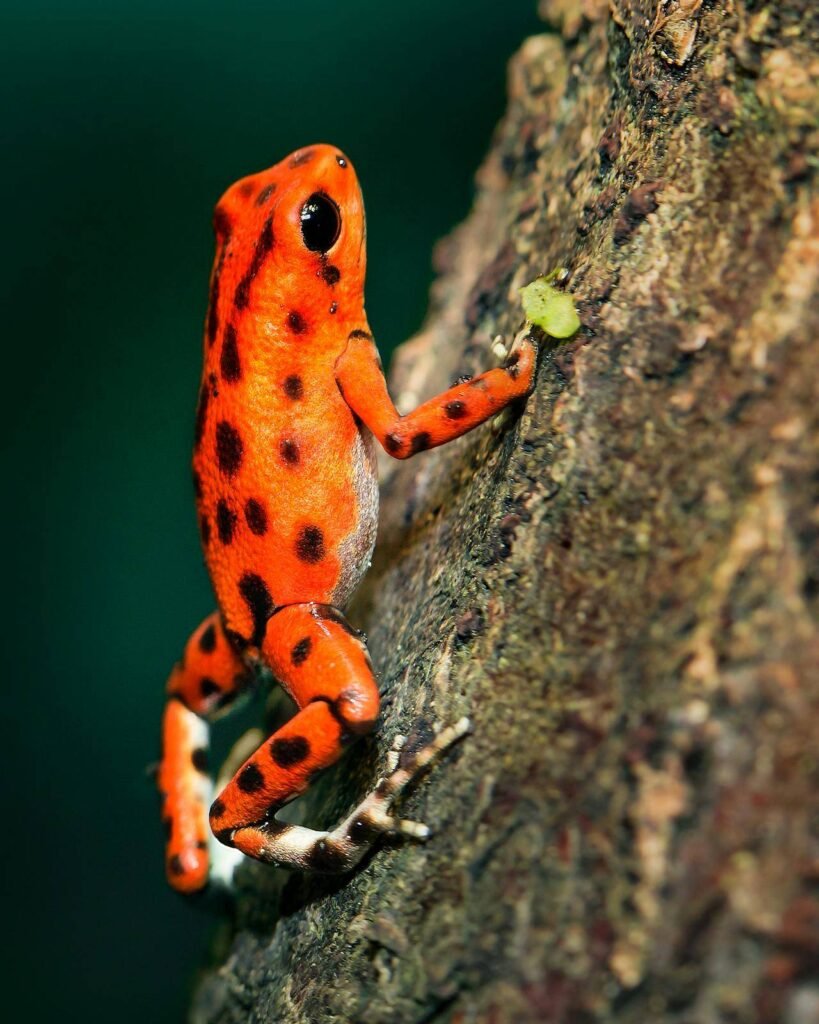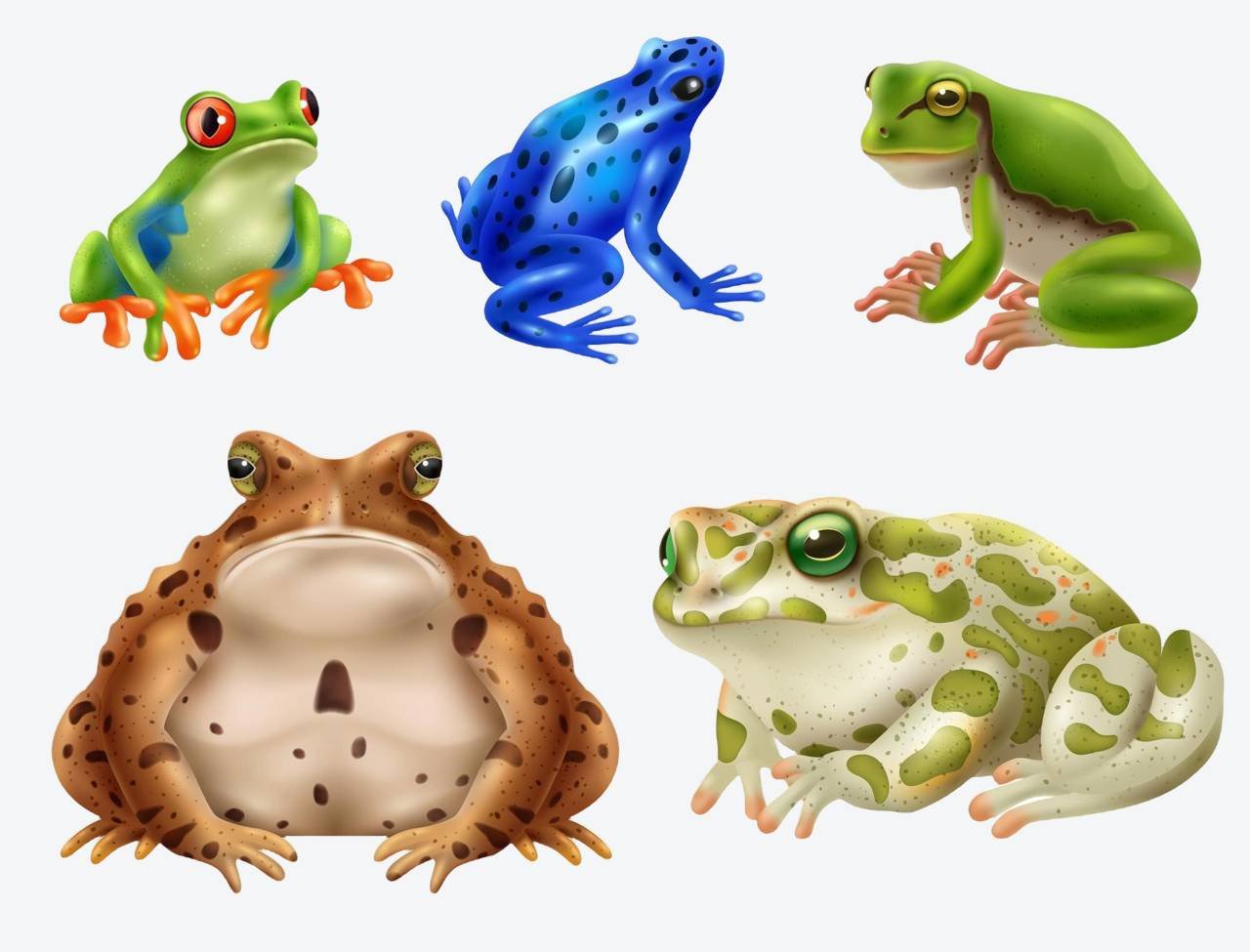Frogs are among the most diverse and adaptable groups of animals on our planet. With over 7,000 recorded species, frogs inhabit a variety of environments, from rainforests and wetlands to deserts and mountain regions. This incredible adaptability is a testament to their evolutionary success. Let’s explore the fascinating diversity of frog species across the globe.
Tropical Rainforest Frogs
Tropical rainforests are home to some of the most colorful and well-known frog species. The poison dart frogs, for example, are famous for their vibrant colors and toxic skin secretions. Found throughout Central and South America, their dazzling hues of red, yellow, and blue serve as a warning to potential predators.

- Example: Strawberry Poison Dart Frog (Oophaga pumilio)
- Known for its vivid red color and tiny size, it’s one of the most visually striking frogs.
Temperate Zone Frogs
In temperate regions, frogs like the common green frog are prevalent. These species often have more subdued colors, like greens and browns, which help them blend into their surroundings. They rely on aquatic habitats for breeding and are commonly found near ponds and marshes.
- Example: American Bullfrog (Lithobates catesbeianus)
- Characterized by its large size and deep voice, it’s a common resident of North American wetlands.
Desert-Dwelling Frogs
Some frog species have evolved to survive in arid desert environments. These frogs have developed unique adaptations to conserve water and endure extreme temperatures. They typically remain underground for long periods and emerge during the rainy season to breed.
- Example: Couch’s Spadefoot Toad (Scaphiopus couchii)
- Recognized for its burrowing behavior and ability to survive long dry spells.
Unique and Endangered Frogs
There are also many unique and threatened species of frogs, making conservation efforts crucial. The golden toad, once found in Costa Rica, is a poignant example of a frog species that has sadly become extinct due to environmental changes.
- Example: Panamanian Golden Frog (Atelopus zeteki)
- Known for its vibrant yellow color, it’s critically endangered and faces threats from habitat loss and disease.
The Role of Frogs in Ecosystems
Frogs play an essential role in maintaining the health of ecosystems. As both predators and prey, they help control insect populations and serve as food for birds, mammals, and reptiles. Their presence often indicates a healthy environment, but they are also sensitive to changes, making them vital bioindicators.
Conclusion
The wide array of frog species, each with unique characteristics and adaptations, emphasizes the importance of biodiversity and conservation. By understanding and protecting these remarkable creatures, we ensure they continue to thrive in their natural habitats, enriching our world and ecosystems.
For further reading on frogs, including their life cycles and evolutionary history, visit our related articles on the life cycle of frogs and the evolution of frogs.
FAQs About Frog Species
How many species of frogs are there?
There are over 7,000 recorded species of frogs, making them one of the most diverse groups of animals.
Where can poison dart frogs be found?
Poison dart frogs are typically found in the tropical rainforests of Central and South America.
Are all frogs reliant on aquatic habitats?
Most frogs rely on aquatic environments for breeding, but some species, like desert-dwelling frogs, have adapted to survive in arid conditions.
Why are frogs considered bioindicators?
Frogs are sensitive to environmental changes, such as pollution and habitat destruction, making them excellent indicators of ecosystem health.
What role do frogs play in ecosystems?
Frogs help control insect populations and serve as a vital food source for many other animals, maintaining a balanced ecosystem.

